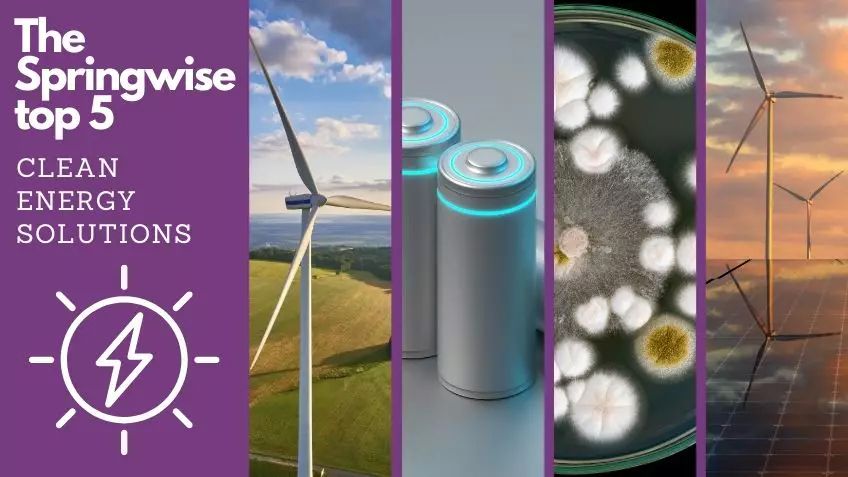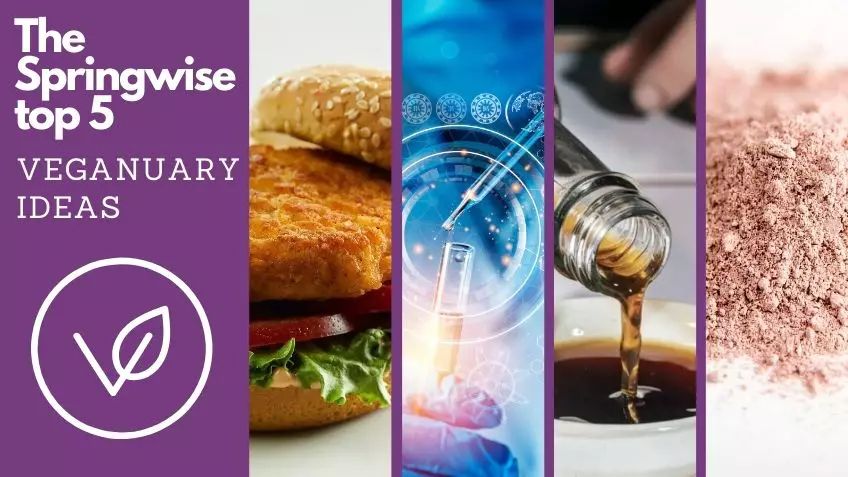
Issue 19
February 2025
Issue 19
February 2025
Future Now: Regenerative Agriculture in 2025
Over the course of the 20th century, farmers made extraordinary progress in boosting crop yields. According to Our World in Data, the world today can produce three times as much cereal from a given plot of land as it could in 1961. This represents an extraordinary technological revolution and has enabled significant population growth with only modest increases in land under cultivation.
However, these developments have relied on the heavy use of chemical inputs, including synthetic fertilisers, pesticides, and herbicides, which have contributed to a range of negative side effects. Soil degradation ranks highly among these impacts, with the United Nations Office for Disaster Risk Reduction reporting that around one-third of the world’s soils are moderately to highly degraded. What is more, today’s global food system is emissions-intensive, causing one-quarter to one-third of global CO2 emissions depending on which estimate you look at.
‘Regenerative agriculture’ refers to a suite of farming practices that aim to correct these ills. Definitions can be fuzzy, and ‘regenerative’ terminology is often used loosely by companies. However, EU-backed innovation community EIT Food identifies five regenerative farming principles: minimising soil disturbance, minimising chemical inputs, maximising biodiversity, keeping soil covered with crops for as long as possible, and adapting to the local environment.
Whatever definition you use, soil is central, with the reversal of degradation and the building of carbon-rich soils underpinning the efforts of all regenerative farmers. This kind of soil-building also results in farmland capturing and storing more CO2, and many argue that the economic model of 21st century farming should include financial mechanisms that reward regenerative practices.
In addition to the environmental benefits, McKinsey estimates that applying regenerative agriculture to US soy and corn farms could deliver returns of $20 to $60 per acre annually for the first ten years (the up-front investment required to make the transition averages $200 per acre). This financial potential is driving the market for regenerative farming, which is expected to nearly double in value between 2022 and 2027.
Many of the features of regenerative farming are not ‘innovation’ in a purely technological sense, and they sometimes involve reverting to more ancient farming techniques. However, they do involve significant changes in current practice, which can be a major financial risk for farmers. Solutions that help to manage and spread this risk are therefore essential. What is more, startups and researchers are developing technological innovations that complement more low-tech practices, and high-quality data – that most modern of commodities – underpins the whole regenerative farming transition.
In this edition of Future Now, we take a look at the recent regenerative agriculture innovations in our library and consider what they tell us about the bigger picture of modern farming. We also highlight innovations that tackle adjacent issues, such as how we can ensure food security in the face of a changing climate.
Key takeaways:
1. Soil needs to be seen as a complex ecosystem and innovators are providing data that enables farmers to look at it in this way
2. Innovators are developing nitrogen inputs that offer a sustainable and scalable alternative to synthetic fertilisers
3. Developments in automation and AI are complementing regenerative practices
4. Hacking nature’s own processes can help to reduce chemical inputs
5. Innovative financing tools are helping farmers with the up-front costs of regenerative agriculture
“The heavy use of chemical inputs, including synthetic fertilisers, pesticides, and herbicides, has contributed to a range of negative side effects.”
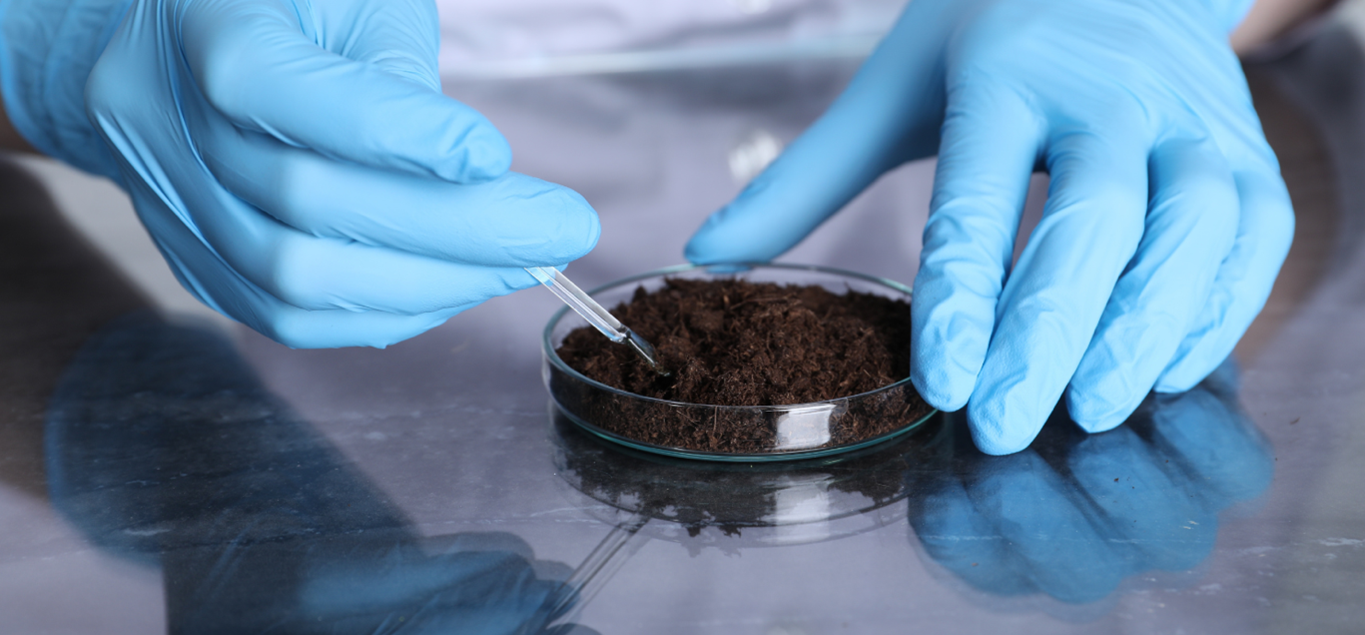
© New Africa/Adobe Stock
Analysing environmental DNA in soil
Building healthy soils is the core goal of regenerative agriculture, and to do this effectively, farmers need to understand soil as a complex ecosystem. German startup Soilytix monitors and analyses soil biodiversity, including levels of bacteria, fungi, and microfauna. It then helps companies use this data to maximise crop yields and measure carbon removal potential. For example, the company is working with supermarkets to enable them to accurately monitor the impact of regenerative practices used by farms within their supply chain.
An AI-assisted soil sampling app enables clients to collect soil samples and send them to Soilytix’s lab for analysis. The company extracts the DNA of microorganisms in the sample and conducts DNA sequencing to identify and quantify any bacteria, fungi, and microfauna.
After a thorough bioinformatic and statistical analysis, Soilytix creates a qualitative and quantitative “fingerprint” of the soil. This information is available to clients on the company’s MySoil Dashboard where they can use it to inform decision-making and assess the effect of land management changes on soil health.
Soilytix has conducted projects with major companies and agencies around the globe and is also engaged in the academic sector, licensing the MySoil Dashboard to universities and agronomists. Read more
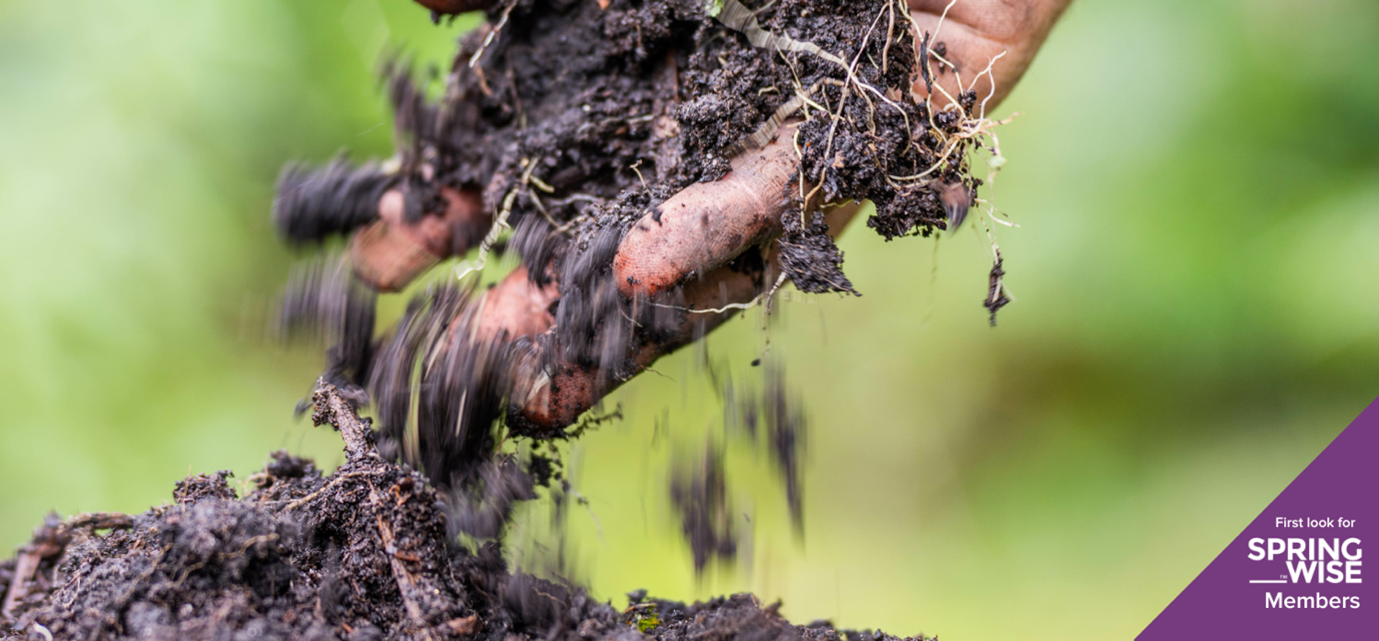
© William/Adobe Stock
Science-led data for measuring soil organic carbon
Building soil organic carbon (carbon-based compounds derived from decaying organic matter, known as ‘SOC’) is a key tenet of regenerative agriculture, and an important tool in the fight against climate change. It has therefore become a focus area for farmers wishing to reduce their climate footprint and for their customers, who are looking to decarbonise their supply chains.
Any successful intervention to improve SOC needs to be grounded in good data, and acquiring this data is complex. One key challenge is variability, with weather, soil type, seasonal fluctuations, crop history, and management practices making SOC inherently variable – even within a single field. A second challenge is the fact that soil carbon has traditionally been measured through lab analysis of physical soil samples, a process that is labour-intensive and therefore costly.
To solve this problem Downforce Technologies is turning to the power of big datasets to provide farmers and their stakeholders with high-resolution data about how SOC changes over time. Crucially, the platform establishes a baseline for SOC, which enables farmers and landowners to measure current carbon storage, future storage potential, and the rate at which carbon is stored annually. Armed with these insights, farmers can accurately measure and model the impact of regenerative farming, which helps them to make better-informed decisions.
Rather than relying on traditional soil samples, Downforce Technologies combines a range of data sets, including satellite imagery as well as on-the-ground measurements. Because this approach enables the assessment of every field every year, it saves significant soil-testing costs. Find out more
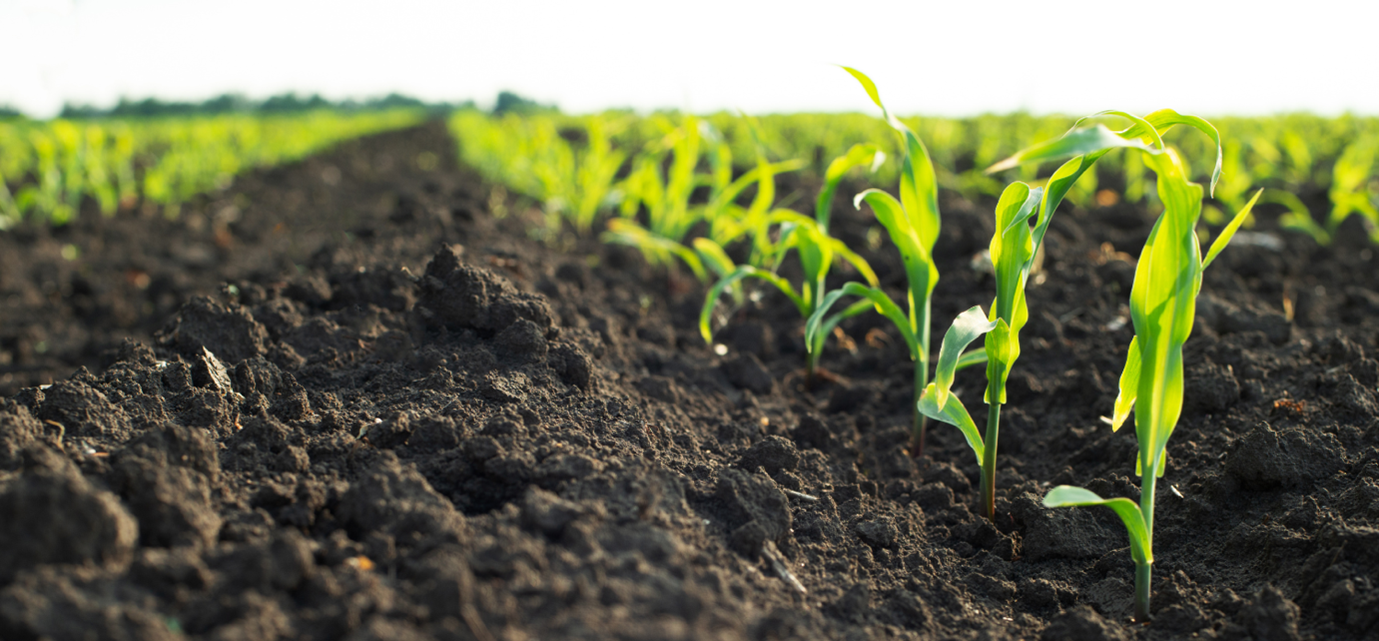
© Mikhailov Studio/Adobe Stock
Protecting nitrogen-fixing bacteria from heat and humidity
Bacteria that convert nitrogen to ammonia could provide an alternative to synthetic nitrogen fertilisers – one that actually regenerates the soil. However, these bacteria are sensitive to heat and humidity, making it challenging to scale up their production and use.
Now, researchers at MIT, may have developed a solution that could remove this limitation. The team has devised a metal-organic coating that protects bacterial cells from damage without affecting their growth or function. The coating contains food-safe metal and polyphenol compounds, and can self-assemble into a protective shell.
In their study, the researchers created and tested 12 different coatings. They encapsulated a nitrogen-fixing bacterium that also protects plants against pests. All of the coatings protected the bacteria from high temperatures and humidity and improved the seed germination rate by 150 per cent compared to seeds treated with uncoated microbes.
The research received funding from several sources, including the Army Research Office and a National Institutes of Health New Innovator Award. Read more
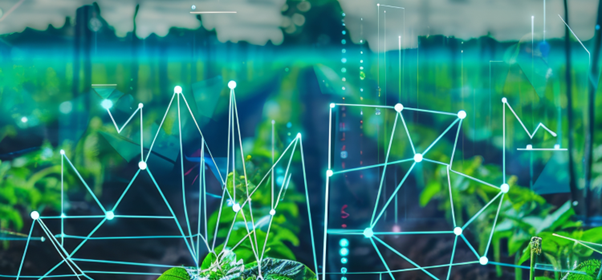
© decorator/Adobe Stock
Autonomous robots for regenerative farming
Bio-intensive farming is a type of organic agriculture where methods like succession planting, raised beds, and crop rotation are used to achieve maximum yield from a minimal area of land – all while increasing biodiversity and soil fertility. It is also ideally suited to the use of technology and robotics.
Agritech startup Nature Robots has developed a system that uses autonomous robots to create high-resolution, three-dimensional plant maps of crops and weeds, which are then transferred into a monitoring interface for detailed plant management. The robotic system can track the condition and development of individual plants, their size and shape, and other key parameters on a daily basis.
Using the system’s AI-driven data analysis, farmers can then take specific actions to support bio-intensive cultivation methods, protect against disease, plan crop rotations, and more. The robots are intended for use in vegetable and fruit cultivation, viticulture, agroforestry, and agro-photovoltaic environments. Read more

© BG/Adobe Stock
Cracking plant odours for sustainable farming
Volatile organic compounds (VOCs) are airborne signals that allow plants to communicate with other organisms. For instance, when a plant is damaged by herbivorous pests, it releases VOCs. These are detected by neighbouring plants, which can enhance their defences against potential threats accordingly. Now, researchers at the Tokyo University of Science are investigating this premise to help boost agriculture.
In a recent study, Professor Gen-ichiro Arimura and Takuya Uemura set out to better understand this intricate communication method and the specific molecular pathways behind it. One key finding from the study was that these plant interactions don’t just occur between those that are related – they also happen between non-kin crops. The researchers believe that by better understanding VOCs, farmers could reduce pesticide use by boosting crop protection and productivity through natural mechanisms.
Plants emit a variety of VOCs when under attack, and these can attract beneficial insects in addition to repelling herbivores. Already, monoterpenoids, which are abundant in mint plants, have been used for their pest-repelling and antimicrobial properties. Incorporating companion plants like potted mint, which emit these beneficial VOCs, could help to naturally improve plant defences without pesticides and other harmful chemicals. Read more
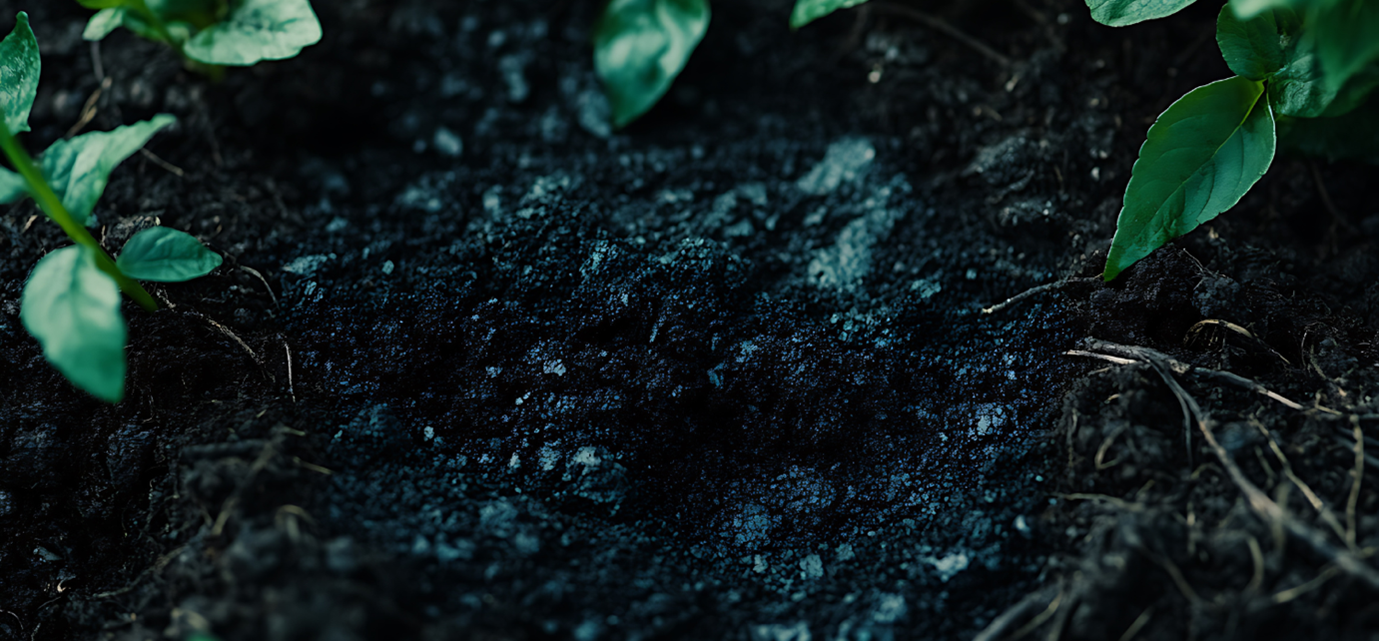
© HPMP Studio/Adobe Stock
Carbon-capturing biochar made from crop waste
BIOSORRA has developed a patented pyrolysis technology that uses crop waste to produce biochar-based fertiliser. The company claims that its biofertiliser can increase crop yields by up to 200 per cent, trap more moisture in the soil, raise soil pH, and prevent soil erosion. Spreading biochar on fields also removes CO2 from the atmosphere.
Synthetic fertilisers may help growers boost their yields, but these products are expensive and do not make lasting improvements to the land. BIOSORRA hopes to counter this with soil analysis and training in regenerative agriculture, provided in addition to the biochar itself. The company’s goal is to help smallholder farmers in areas where slash-and-burn agriculture has degraded the land, with a long-term vision of removing one million tonnes of CO2 from the atmosphere and positively impacting 10 million farmers.
The female-led startup was awarded $265,000 as one of 23 winners of the 2021 XPrize competition and has been supported by MIT Solve. More recently, the company launched the largest biochar-producing plant in East Africa and partnered with the Kenya Nut Company to provide biochar fertiliser. Read more

© apichat /Adobe Stock
A climate tech finance platform for the agricultural industry
Regenerative soil management practices could reduce agricultural emissions and help farms become more resilient, but many farmers cannot qualify for the loans needed to make the switch to these techniques. Now, however, European fintech startup HeavyFinance aims to make the transition more feasible for more farmers.
The company connects farmers with investors, providing financing and loan schemes for farms and projects in the sustainable agriculture space. The company’s platform scores farmers’ borrowing capabilities, facilitates transactions, and administers each loan throughout its life. Around half of the portfolio is currently used to finance sustainable practices, with a focus on conservation tillage practices such as no-till farming.
No-till farming, which uses a direct drill to plant crops instead of heavy machinery, is a particularly important part of increasing the sustainability and resilience of agriculture. It lowers emissions by reducing the use of diesel-powered machinery, and leaves soils undisturbed, reducing erosion. As less nutrients leach out of the soils, they require less fertiliser and retain more carbon. Read more

© Pihta/Adobe Stock
Accelerating climate-ready crops with AI
US startup Avalo is harnessing AI and machine learning to accelerate the development of climate-resilient crops, reducing breeding time from decades to a few years.
Traditionally, breeding hardier plants involves laborious testing of hundreds of gene combinations, a process that can take 15 years and cost up to $200 million. Avalo’s innovation tackles this complexity by simulating genome changes and predicting the impact of specific gene edits on desired traits. This approach narrows down gene candidates from hundreds to a more manageable number, significantly cutting time and costs. For instance, a study of cold-tolerant rice identified 32 high-confidence genes from an initial pool of 566, reducing validation efforts by over 90 per cent.
What sets this solution apart is its accessibility. By lowering the cost of developing climate-resilient crops, it opens the door for smaller agricultural organisations and research groups to work on niche crops and traits that might otherwise be ignored. This democratisation could prove pivotal as the industry grapples with unpredictable climate scenarios, ensuring that traits like drought tolerance or frost resistance are no longer exclusive to major crops or well-funded enterprises.
Currently, the technology is being tested through partnerships with universities, focusing on plants that require foundational work before scaling. These collaborations demonstrate the system’s potential for “wild” crops, which are naturally resilient but lack commercial viability. By bridging advanced AI with plant genomics, Avalo promises to reshape the agricultural landscape, ensuring global food security in an era of rapid environmental change. Read more

© Richard Miller/Adobe Stock
Regenerative farming of seaweed
Land-based crops are not the only products to which regenerative principles can be applied – albeit in a slightly different form. Seaweed is emerging as a promising material for a host of applications, but to make a tangible impact, its cultivation needs to achieve scale while maintaining high environmental standards.
Coast 4C is supporting smallholder seaweed farmers and helping communities to develop fully operational regenerative seaweed farms in three years. As part of its GROW input packages, the organisation provides education, finance, and insurance opportunities to farmers, helping them to modernise and integrate their processes to create an efficient, traceable seaweed value chain.
The organisation also helps to establish community-based marine protected areas (iMPAs), so that coastal communities have legally established seaweed-growing areas. This helps to protect these ecosystems from other harmful human activity in the long term and gives employment security for the smallholders, improving coastal protection in biodiversity hotspots and building prosperous and resilient coastal communities.
As well as helping farmers to grow regeneratively, Coast 4C also pays a premium for this seaweed that meets quality and sustainability criteria, ensuring that smallholders have a reliable income stream and don’t need to rely heavily on other means of making a living, like fishing. This high-quality, responsible seaweed is then delivered to processors and businesses in food, feed, fertilisers, and plastic markets.
Coast 4C was named as a finalist for this year’s Earthshot Prize, and support from the Prize will help the company accelerate growth. Read more
